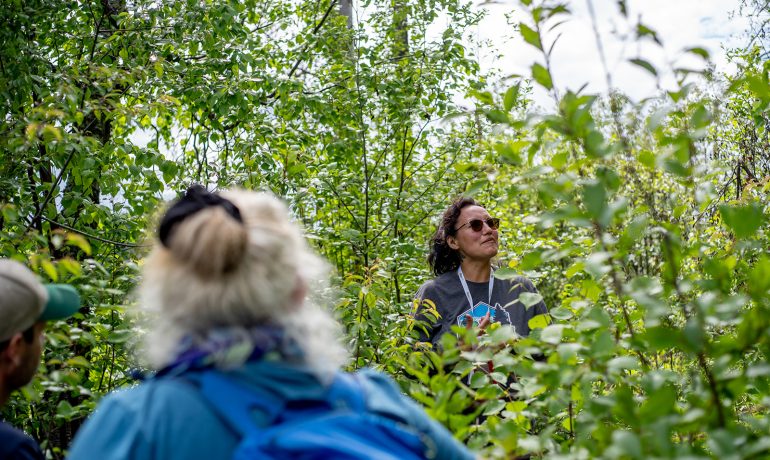At first glance the report posted quietly on the provincial government website this week resembled a typical midsummer offering.
Pretty pictures on the cover. The word “preliminary” in the title. Not even the courtesy of a media release to flag its arrival. All seemingly calculated to be overlooked in the July political doldrums.
Only after wading into the executive summary of “a preliminary strategic climate risk assessment” did one realize it was one of the more alarming documents commissioned by this or any other B.C. government. (To see the full report, click HERE.)
More than 400 pages, the report evaluates the risks to B.C. over the next 30 years of 15 specific climate-change-driven events, each weighed on a sliding scale of consequences from “low” to “catastrophic.”
Only one, the prospect of increased incidence of tick-borne Lyme disease, was ranked as “low” risk.
Severe wildfires and seasonal water shortages were given the two highest rankings. B.C. was also estimated to face significant risks of heat waves, ocean acidification, loss of glacier mass, longer-term water shortages, river flooding and coastal storm surges.
All but four of the 15 events were judged to have potentially “catastrophic” consequences in injury and loss of life and damage to property, the economy and provincial finances.
As if that weren’t enough to inspire the script for a big budget disaster movie, the report also speculated about a combination of events:
“A seasonal or long-term water shortage, followed by wildfire, which in turn primes the landscape for severe landslides following heavy precipitation.”
IMAGE: A preliminary strategic climate risk assessment report on the B.C. government website says things such as wildfires, river floods and long-term water shortages could impact B.C.
Related Post
As Published in Canadian Forest Industries Magazine, Pulp & Paper Magazine and Canadian Biomass Magazine
Jennifer Gunter’s Op Ed, “Community Forests: Rooted in Community,
Minister of Forests Mandated to Expand BC’s Community Forest Program
In the recently released mandate letter to the Minister



